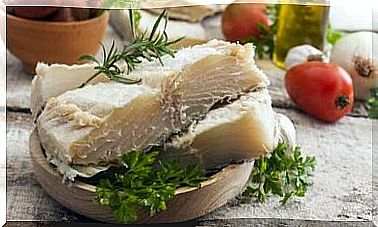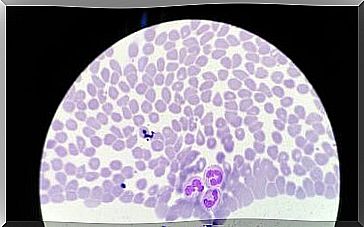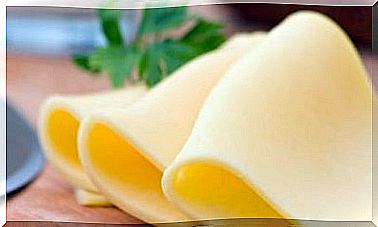How Many Times Should We Eat Legumes In The Week?
By including legumes in our diet, we are ensuring the consumption of good quality protein. In addition, they contribute to a better lifestyle, as long as they are accompanied by other habits, including a balanced and responsible diet.
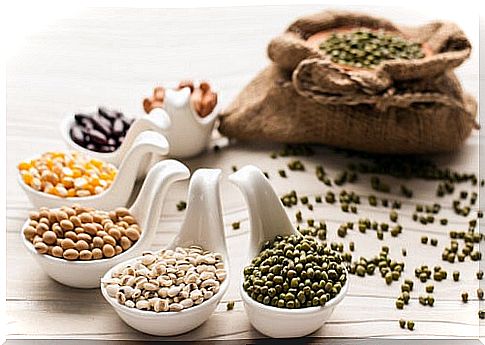
Legume consumption may cause an argument today. This discussion is that m hile some consider them nutritious, others believe that only provide few nutrients. Even the latter choose to include them very little in their diet. How often is it good to eat legumes?
Well, although some consider that they provide few nutrients, legumes are a food with interesting vitamins that help in a balanced diet . Therefore, below we want to suggest how often to eat them and how to prepare them to enjoy their properties.
How many times can we eat legumes?
Protein is essential in our diet, as it provides us with energy and strengthens our muscles and bones. However, it is also not advisable to abuse animal protein, especially red meat, since, in some cases, this could cause an overload on the liver and kidneys.
Legumes are the ideal alternative to obtain good quality protein and alternate it with meat, fish and eggs. The ideal amount is two or three servings per week.
However, those who eat a mostly vegetarian diet can increase the amount up to five times a week. The key is to cook them in different ways so as not to get bored and find the pleasure of consuming them.
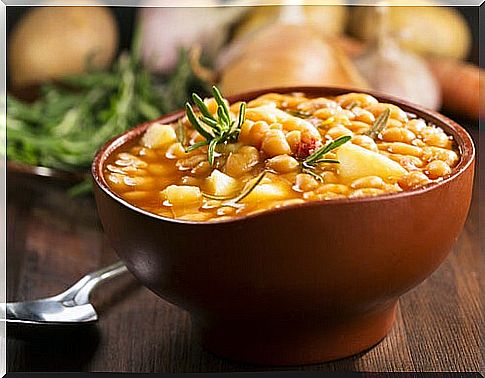
What do legumes give us?
Legumes is the term used to describe the seeds of plants in the legume family. These include beans, peas, lentils, soybeans, among others. Each variety has differences in terms of nutrients, flavors and culinary aspects.
Legumes provide some health benefits:
- They are a nutritious food that provides energy and vitality.
- Thanks to their fiber content, they tend to be satiating, while helping to prevent constipation.
- Their protein content makes them a recommended dish for children, athletes and pregnant women.
- They help regulate cholesterol and blood sugar levels.
- They contribute to the regularization of the nervous system.
- They could help prevent fluid retention.
- They are recommended for their contributions to heart health.
How do we avoid flatulence from eating legumes?

One of the reasons why many people do not consume them is because they do not digest them well and suffer discomfort and also flatulence for a while after having eaten them. Here are some tips to avoid them:
- Add carminative spices to cooking, such as cumin, fennel or kombu seaweed.
- Give the legumes a first boil, change the water and cook them as we always do.
- Do not combine them with other sources of protein or with a large amount of cereal. The most digestive option is to eat them as a single dish with vegetables and a little brown rice.
- Avoid mixing them with flatulent foods such as lettuce or cabbage.
- Chew each bite well.
- Take a digestive infusion (mint, anise, cinnamon, lemon verbena) after eating them.
- Do not eat anything else until at least 3 hours have passed and we have digested.
- We will also avoid eating dessert, unless it is apple or pear.
Tips to vary your preparation
When eating legumes, they are usually cooked in the form of a stew. But it is curious that there are several types of recipes, original and delicious, that will allow us to include them in our menus:
- Cold salad of legumes : with avocado, tomato, corn or onion. We can add a little light mayonnaise, if it contains lemon, the better.
- Vegetable and legume creams : this recipe is the most suitable for those who have a lot of difficulty digesting them.
- Hummus or chickpea cold cream : this delicious appetizer, made with chickpeas, tahini (sesame paste), cumin, garlic, paprika, parsley, lemon and salt, allows us to taste something healthy between meals.
- Sweet cakes : cooked and crushed legumes make it possible to substitute some flours when making cakes. The result could be surprising and some may not even notice its main ingredient.
- Pizzas made with chickpea flour : This flour is used in many cultures to make dough. We just have to mix it with water and salt and finally cook it in the pan or in the oven.
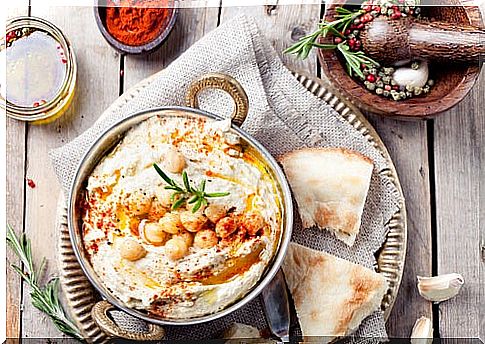
About the pea
The pea is also a legume, although many people classify it as a vegetable. In addition, it is one of the most digestive, so it is a good food for those who suffer a lot of flatulence. Also, pea helps regulate blood sugar levels as it is known as plant insulin.
Whenever possible, we recommend consuming them fresh rather than frozen. They keep their nutrients better and their taste is much better.
Remember that you can eat legumes according to your preferences. The general advice is to add them in the diet 2 or 3 times a week. Of course, they must be supplemented with other foods for a varied and healthy diet.
